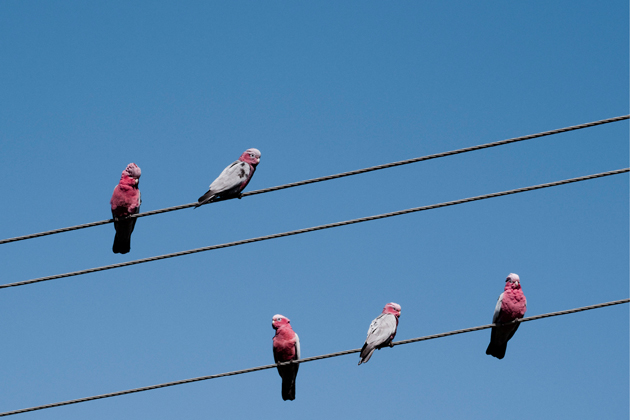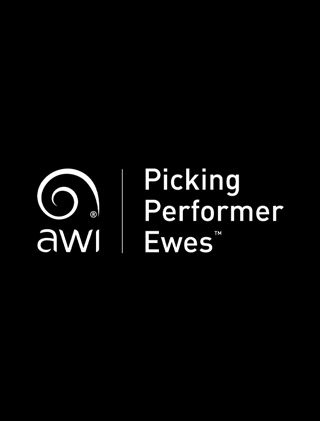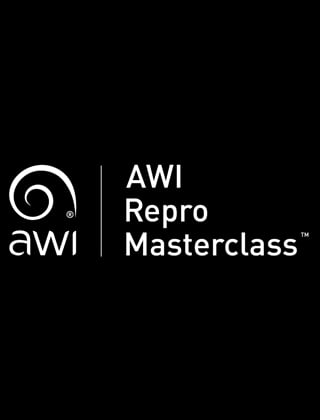Welcome to Australian Wool Innovation, a hub for the woolgrowers of Australia.
Not a woolgrower? Looking for information about wool products, wool care or wool processing?
The Woolmark Company is the global authority on wool. Visit Woolmark.com instead.
Muzzle for working dog safety
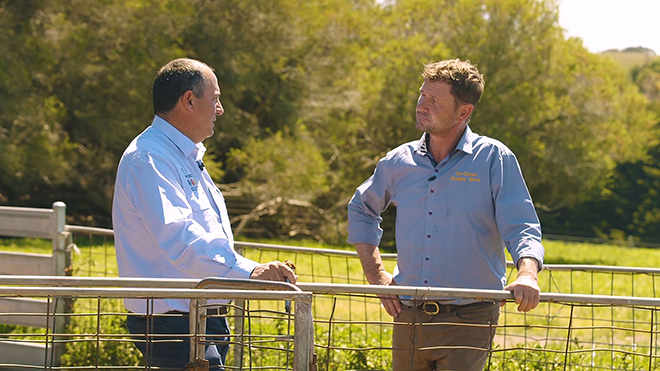
A new six-minute video ‘Using Muzzles for Working Dog Safety’ is a practical, how-to guide to help livestock managers and stock hands introduce and use muzzles on their dogs without compromising their working performance, comfort or safety.
National Wild Dog Management Coordinator Greg Mifsud and GoGetta Kelpie Stud principal Joe Spicer discuss the benefits of using muzzles on working dogs.
A new six-minute video ‘Using Muzzles for Working Dog Safety’ is a practical, how-to guide to help livestock managers and stock hands introduce and use muzzles on their dogs without compromising their working performance, comfort or safety.
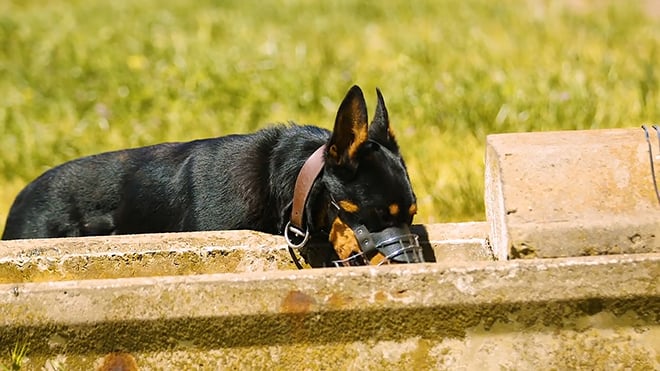
Perfectly comfortable in a muzzle, Brokenriver Bank pauses for a quick drink between mobs.
The video features leading working dog trainer and breeder Joe Spicer, of GoGetta Kelpie Stud in the Western District of Victoria, and National Wild Dog Management Coordinator Greg Mifsud.
Greg and the team of AWI-funded Wild Dog Coordinators regularly have trouble convincing some landholders to use wild dog and fox baits due to concerns about their working dogs, who are valued working animals and companions, eating the baits.
“Ultimately the safest way we can protect the working dog is by using a muzzle,” Greg said. “To know that the dog has got a muzzle on and it’s focused on working and can’t eat a bait through that muzzle is just the extra confidence required to get people to do baiting on a more regular basis.”
“Ultimately the safest way we can protect the working dog is by using a muzzle.”
-- Greg Mifsud
In the video, Joe points out the features he looks for in a muzzle for working dogs.
“The grating is relatively close together, so it’s highly unlikely that your dog will ever get a bait through the grating. It’s quite lightweight, there’s plenty of room for the dog to open its mouth and to breathe. But the feature that I look for the most is a nice wide pad on the top of the nose, and that way you won't get any marks or wearing up on top of the nose,” Joe said.
“You can start the routine of getting your dog used to a muzzle from any age, it doesn't really matter. Obviously the younger, the more quickly the dog will accept the muzzle.”
Once a dog has been trained and got used to the muzzle, Joe says the routine of putting on the muzzle becomes second nature for both the farmer and the dog.
“I always like to store the muzzle on top of the pen, therefore close to hand, and that way we know that the dog is safe from the time that it gets out of the pen to the time it gets back in the pen,” Joe said.
“When you actually put the muzzle on the dog, the dog actually pushes his nose into the muzzle, because he knows that, ‘Okay, if I get the muzzle put on, I’m going to work and I love working’.
“It’s important when you put the muzzle on that you put the strap through the collar.”
Joe said that there are other advantages of working dogs wearing muzzles.
“A muzzle has a huge advantage in the yards, in that it teaches dogs different ways (other than biting) of creating movement with stock. They start barking more when need be, they start positioning themselves better, so they look for other tools to create movement,” he added.
The video was created by the National Wild Dog Action Plan (NWDAP) and the Centre for Invasive Species Solutions (CISS) with funding provided by NSW Local Land Services, WoolProducers Australia, Sheep Producers Australia and Animal Health Australia.






